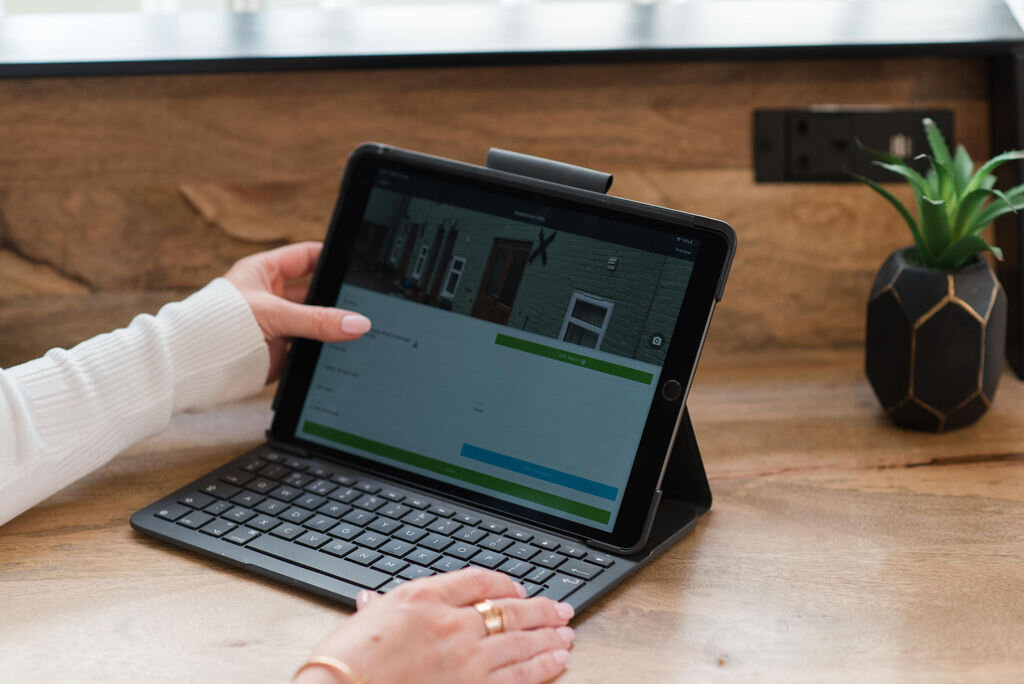Is Having an Inventory Important?
For many landlords we know compiling an inventory for their rental property can seem daunting or even pointless. We understand that this task is very time-consuming, however failing to protect yourself with a thorough and current inventory, will mean leaving yourself exposed.
A good inventory is mutually beneficial for the landlord and the tenant. It’s a protection for the landlord's investment and the tenant's deposit.
Some landlords are under the impression that an inventory is just for furnished properties, but a professional inventory covers you for much more. The tenant will be aware of the condition and cleanliness of the property as it was at the commencement, and this will be a benchmark for where it is required to be at the end of the tenancy. All parties can use the inventory to easily distinguish between damage and expected wear and tear.
With our managed service, the inventory will normally be checked or updated 3 times. Ingoing, outgoing and final update prior to new tenants moving in.
Where do you start?
Not only should an inventory set out the exact condition, cleanliness and any damage, but it will also detail the major fixtures and fittings at the time that the inspection takes place. This should include decoration, carpets, light fittings, windows, ceilings etc. We would always recommend that photographs are also included where required, but in no way should they replace the written report.
Allowing the tenant a period of time to check over this document, in case anything has been missed and permitting them to make any amendments, we feel is best practice. This can either be added to the inventory or kept on file to use when the final outgoing checks are made.
As mentioned above, no property will be without wear and tear, so making sure this process is completed between tenancies means that it will always be up to date. Using an old inventory can bring many complications. For instance, the ingoing tenants will normally pick up on this and this can often lead to a bad start. Secondly, a successful claim against the deposit is unlikely to be in your favour.
Making a claim?
With all the changes in legislation for tenancy deposits, to make a successful claim, using an up to date, detailed inventory is crucial. Making sure the tenant is fully aware if their responsibilities at the commencement of the tenancy in this area and having good communication with them is a way to avoid any disputes. Having both the inventory and the check out report side by side can normally help create a reasonable outcome for all.
If at all possible, it’s beneficial to be able to come to an agreement before a dispute has to be raised and your deposit scheme to adjudicate. Compiling all the documentation to them and submitting a claim, once again can be time consuming (please see the terms and conditions for raising a dispute as all companies are different).
It is also worth noting that tenancy deposit schemes can increase their premiums depending on the volume of disputes raised. Additionally, they normally favour a professional inventory which can be more detailed and comprehensive, clearly covering the necessary aspects required rather than one that might have been prepared by someone with little experience of what might be required/looked for by an adjudicator.
It may be helpful to view our article ‘are property inspections important’ in our series of ‘managing your property independently’ as all these factors go hand in hand and can help when having to make a claim against the deposit.

